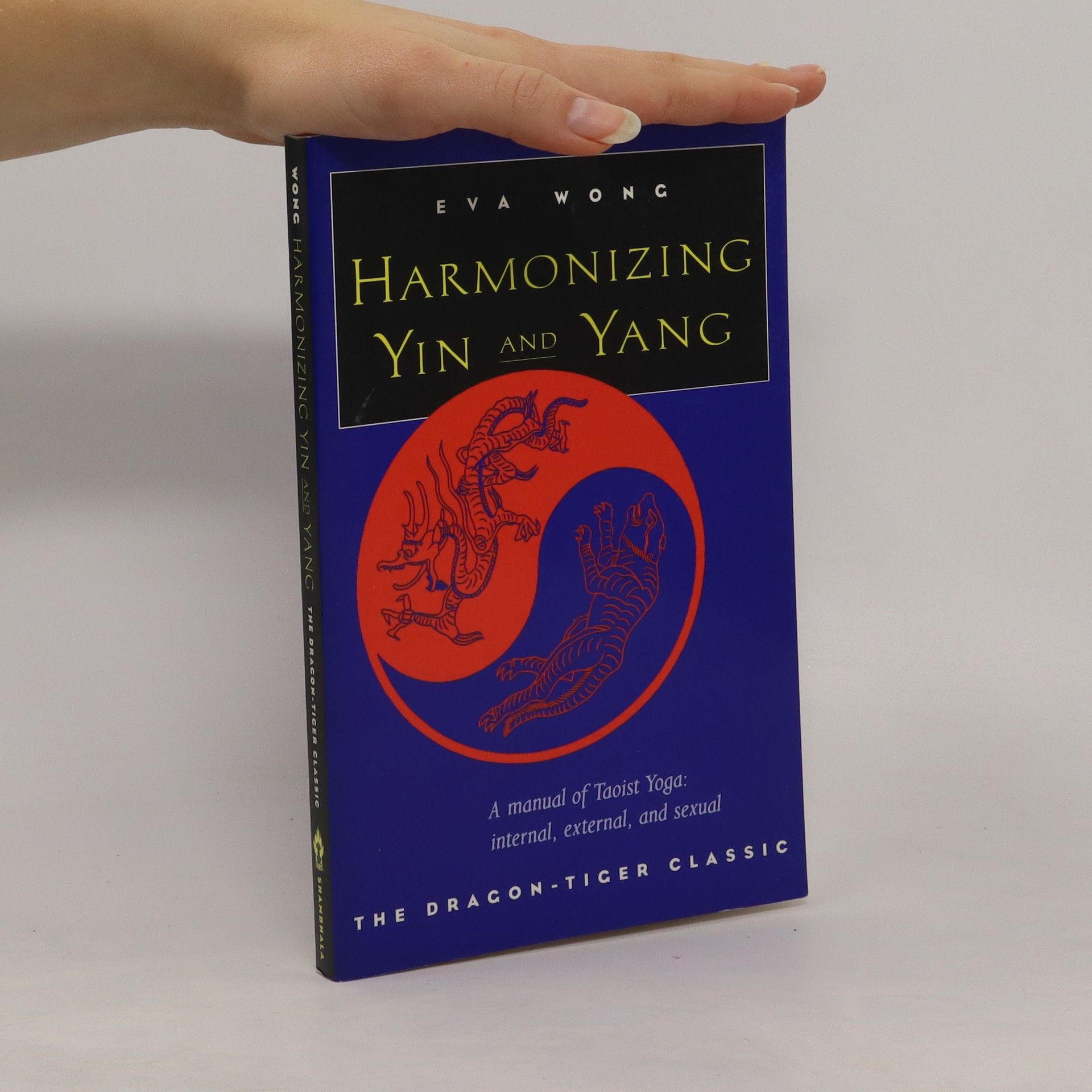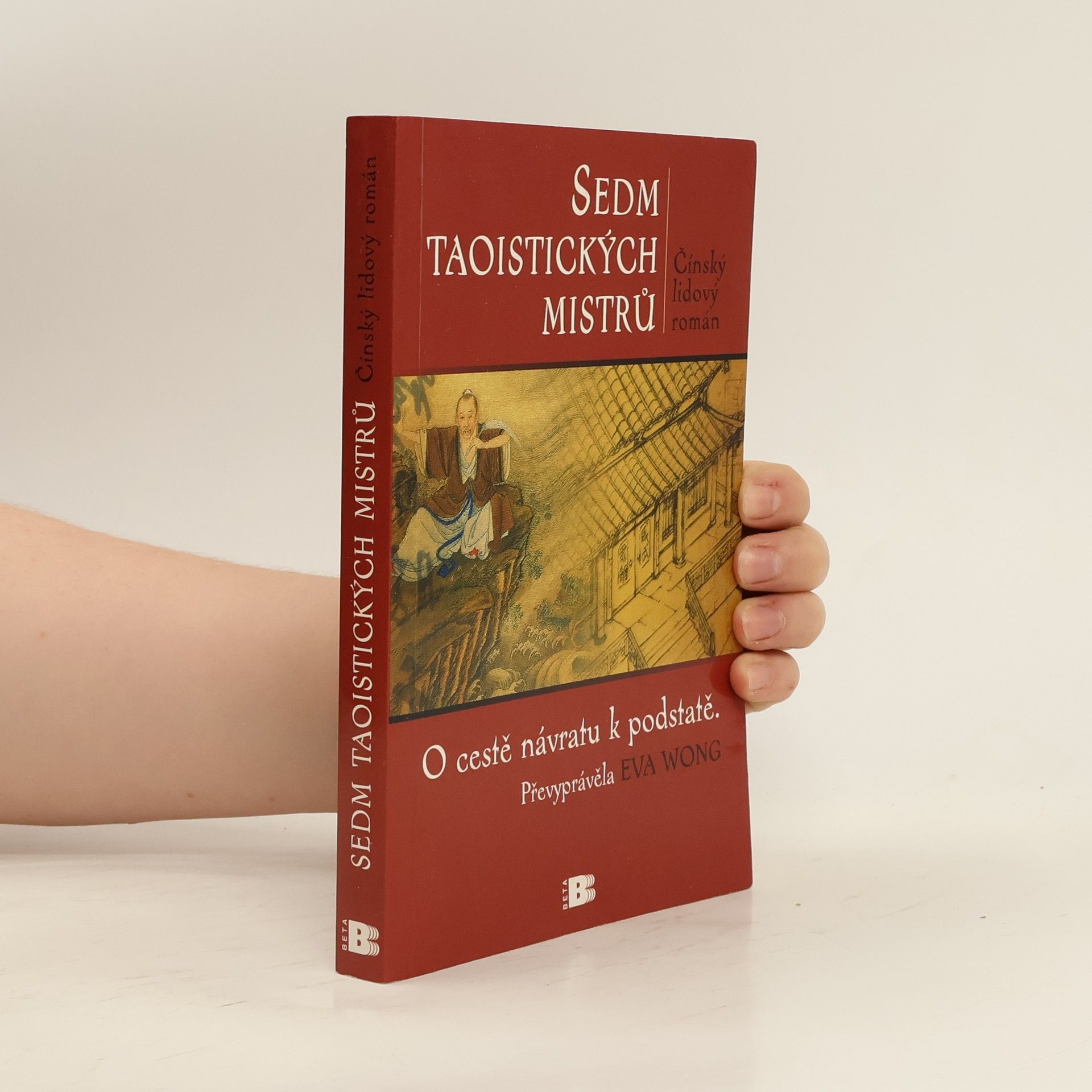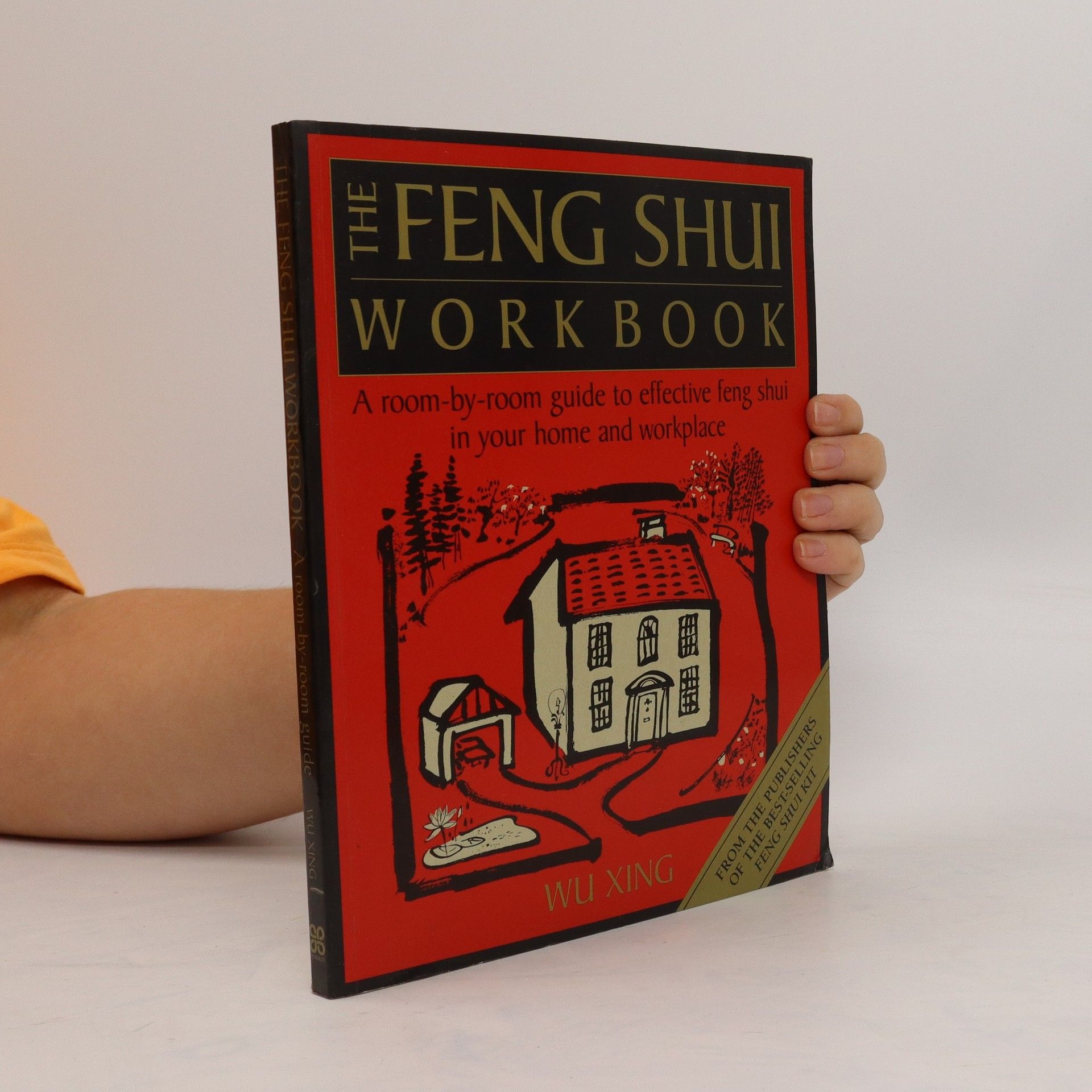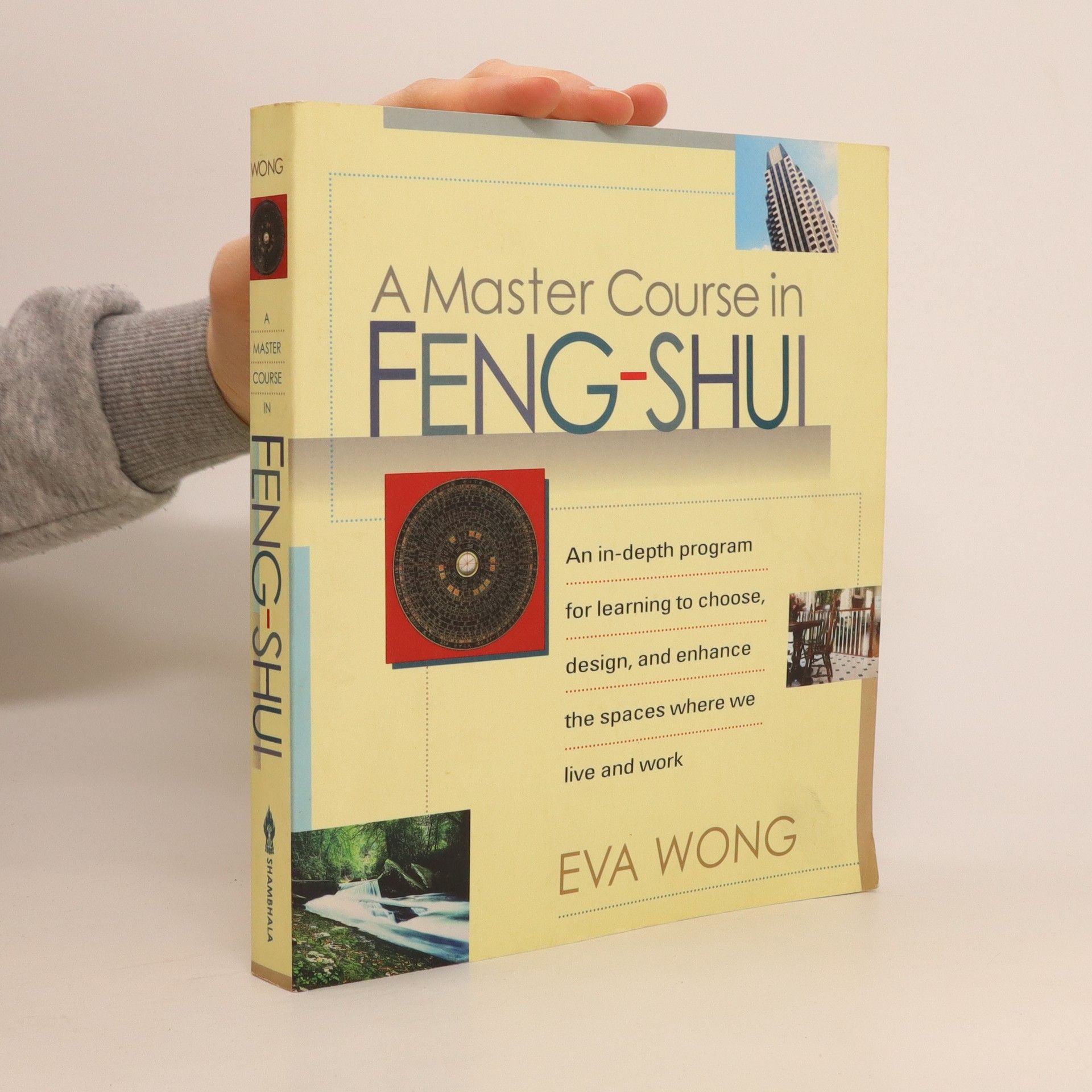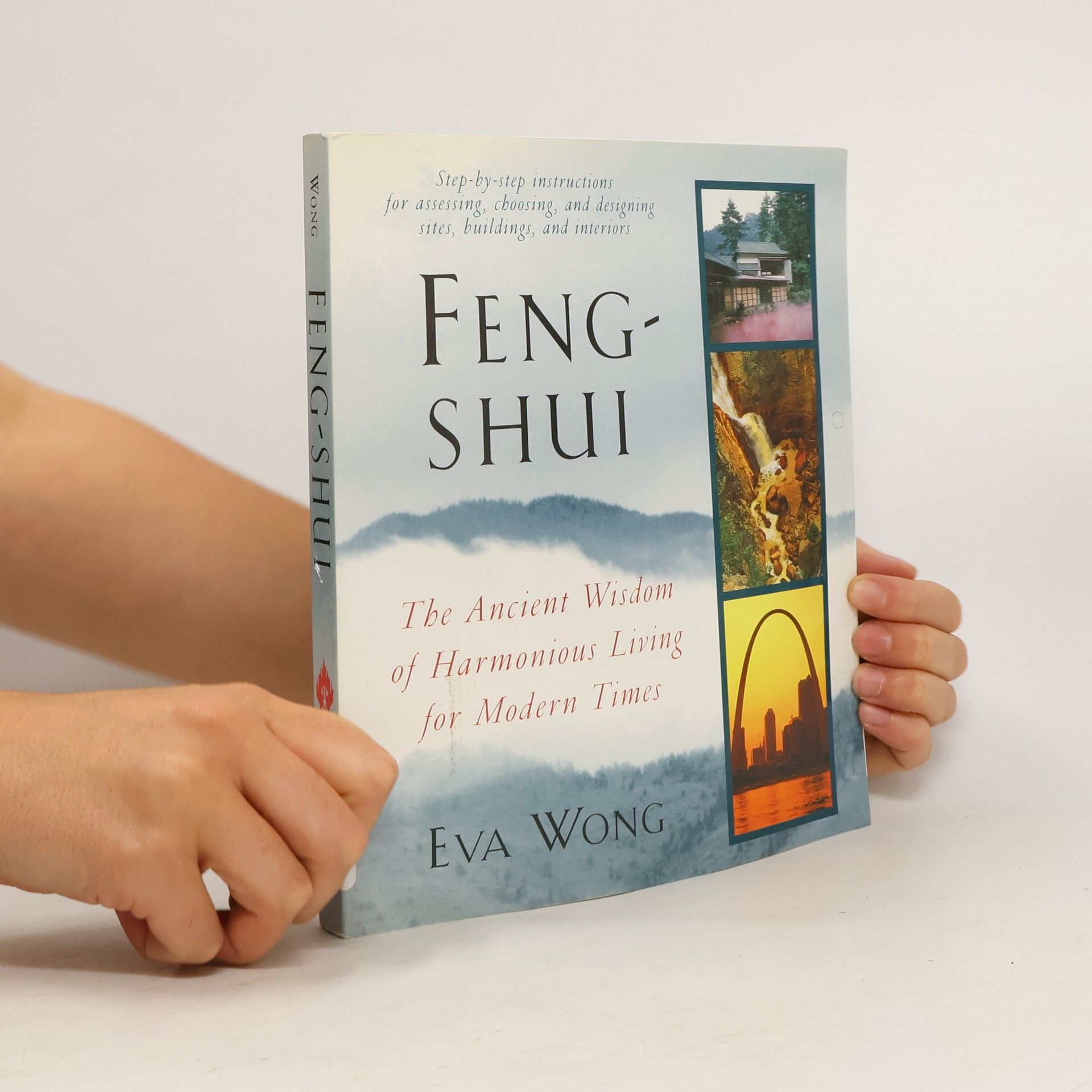Sedm taoistických mistrů: O cestě návratu k podstatě
- 232 stránek
- 9 hodin čtení
Sedm taoistických mistrů je dílo neznámého čínského autora, jenž vylíčil příběh šesti mužů a jedné ženy, kteří podstupují mnohé útrapy na cestě k nalezení vlastní duchovní podstaty. Tyto postavy a jejich mistr Wang Čung-jang jsou skutečné historické osobnosti z období dynastií Jižní Sung (1127-1279) a Jüan (1279-1368). Těchto "sedm statečných" otevírá cestu k tříbení mysli a těla nejen sobě, ale všem čtenářům, kteří jejich putování mohou využít jako zamyšlení se nad vlastním životem se všemi jeho klady a zápory. Podání známé autorky Evy Wong je velmi čtivé, poutané, dramatické a nabízí nový pohled na taoistické učení a na život ve starobylé Číně. Jeden ze základních pilířů čínského lidového písemnictví.



